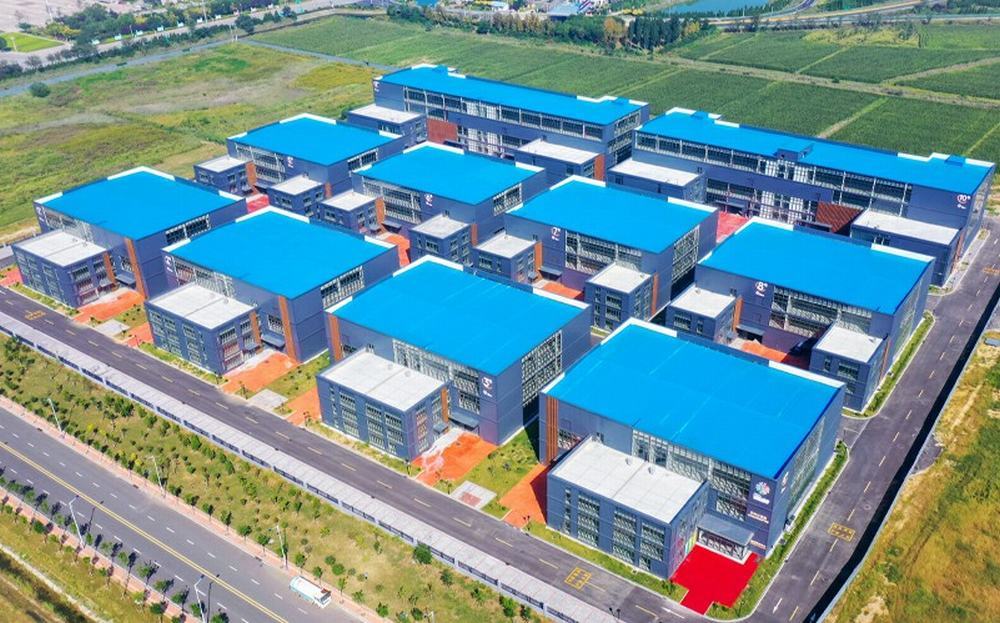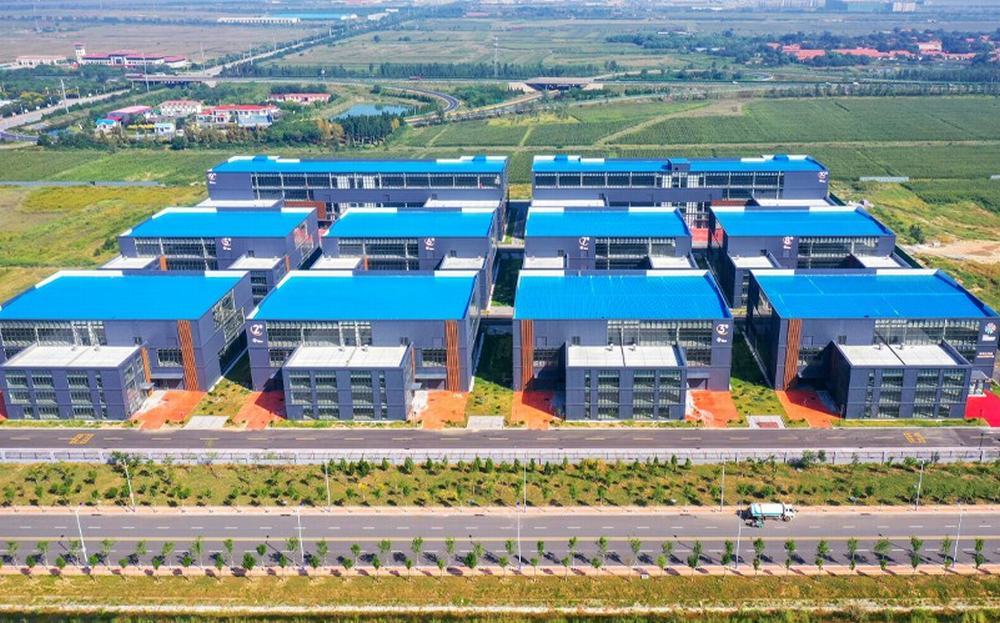Brand: WISBUILD
Product origin: Shandong, China
Delivery time: 30-40 days
Supply capacity: 20000 meters/month
If you are looking for the highest quality steel structure supplier, please contact us and our engineers will provide you with a professional quotation plan.
1 Eco-Friendly Composite EPS Sandwich Roof Panel Specification:
| Panel effective width: | 950mm for Roof |
| Steel sheet thickness: | 0.40 ~ 0.80 mm |
| Panel thickness: | 30/50/75/100/150/200 mm |
| EPS density: | 8 ~ 25 KG/M³ |
| Color: | As per RAL or customized |
| Coating: | PE, SMP, HDP, PVDF. |
| Steel type: | PPGL, PPGI steel / Aluminum sheet / Stainless steel sheets |
| Fire resistant level: | B2 |
| Length limitation: | Max 5.9m for 20FT; |
| Max 11.9m for 40FT. | |
| Installation accessories: | Aluminum U channels,self screws, flashings, etc. |
2 Details of Eco-Friendly Composite EPS Sandwich Roof Panel:
EPS sandwich panels are an innovative roofing and wall solution gaining popularity in the construction industry. These panels consist of two outer layers of high-quality materials like metal or fiber cement, with a core of expanded polystyrene (EPS) insulation in between.
The EPS core provides excellent thermal insulation, helping to reduce energy costs and maintain a comfortable indoor temperature throughout the year. Additionally, the sandwich panel construction offers superior strength and durability, making it resistant to weathering, impact, and moisture.
Installation of EPS sandwich panels is relatively straightforward, as they are lightweight and easy to handle. The panels can be tailored to specific dimensions, allowing for seamless integration into various architectural designs, whether for new construction or renovation projects.
Maintenance requirements for these panels are minimal, as the outer layers are designed to withstand harsh environmental conditions without fading or corroding. This long-lasting durability ensures that EPS sandwich panels are a cost-effective and sustainable choice for both residential and commercial buildings.
3 Application of Eco-Friendly Composite EPS Sandwich Roof Panel:

EPS sandwich panels used for roofing can be used as roofing panels directly laid on the roof trusses to form the roofing system. Its advantages include:
·Lightweight: Reduces building load and lowers construction cost.
·Thermal insulation and heat preservation: Improves building energy saving effect and reduces heating and cooling costs.
·Waterproof: Prevents rainwater infiltration and ensures roof dryness.
·Fire resistance: Meets fire protection requirements and improves building safety.
·Easy construction: Quick installation, saving construction time and cost.
EPS Roofing System
·The EPS roofing system usually consists of the following parts:
·EPS sandwich panel: Serves as the roofing panel, with thermal insulation, heat preservation, and waterproof functions.
·Roof truss: Supports the roofing panel and provides structural strength.
·Waterproof layer: Prevents rainwater infiltration and ensures roof dryness.
·Sealing materials: Seal the gaps between the roofing panels to prevent rainwater infiltration.
4 Eco-Friendly Composite EPS Sandwich Roof Panel Project Cases:


In the world of construction, EPS sandwich panels have emerged as a popular choice for roofing and wall projects. These innovative panels offer a unique combination of durability, energy efficiency, and ease of installation, making them a go-to solution for contractors and builders.
EPS sandwich panels consist of two layers of rigid material, typically metal or fiber cement, with an insulating core made of expanded polystyrene (EPS) foam. This construction provides excellent thermal insulation, reducing energy consumption and associated costs for heating and cooling.
One of the key advantages of EPS sandwich panels is their lightweight nature. Unlike traditional materials, such as concrete or bricks, these panels are significantly lighter, facilitating easier handling and faster installation. This translates into cost savings and increased efficiency on construction sites.
Furthermore, EPS sandwich panels are highly resistant to moisture, rot, and insect infestations, ensuring long-lasting performance and minimizing maintenance requirements. Their durability and low maintenance make them an attractive option for both residential and commercial projects.
In addition to their functional benefits, EPS sandwich panels offer design flexibility. They can be manufactured in various colors and textures, allowing architects and designers to create visually appealing and modern structures that complement the surrounding environment.
As the demand for sustainable and energy-efficient buildings continues to grow, EPS sandwich panels have become an increasingly popular choice for roofing and wall projects around the world.
5 Eco-Friendly Composite EPS Sandwich Roof Panel Q&As:
1What is an EPS sandwich panel?
-An EPS sandwich panel consists of two outer skins made of materials like metal or fiber cement, with a core of rigid insulating foam in between.
2What are the benefits of using EPS sandwich panels for roofing and walls?
-They provide excellent thermal insulation, are lightweight yet durable, and allow for fast installation due to their panelized structure.
3How is an EPS sandwich panel installed for roofing?
-The panels are laid on structural supports and adjoining panels are joined using tongue-and-groove edges or by applying sealants along the joints.
4Can EPS sandwich panels be used for exterior walls?
-Yes, they are commonly used as exterior insulated cladding for walls in both residential and commercial buildings.
5Are EPS sandwich panels environmentally friendly?
– EPS foam insulation is recyclable and has a low thermal conductivity, which helps reduce energy consumption for heating and cooling buildings.












